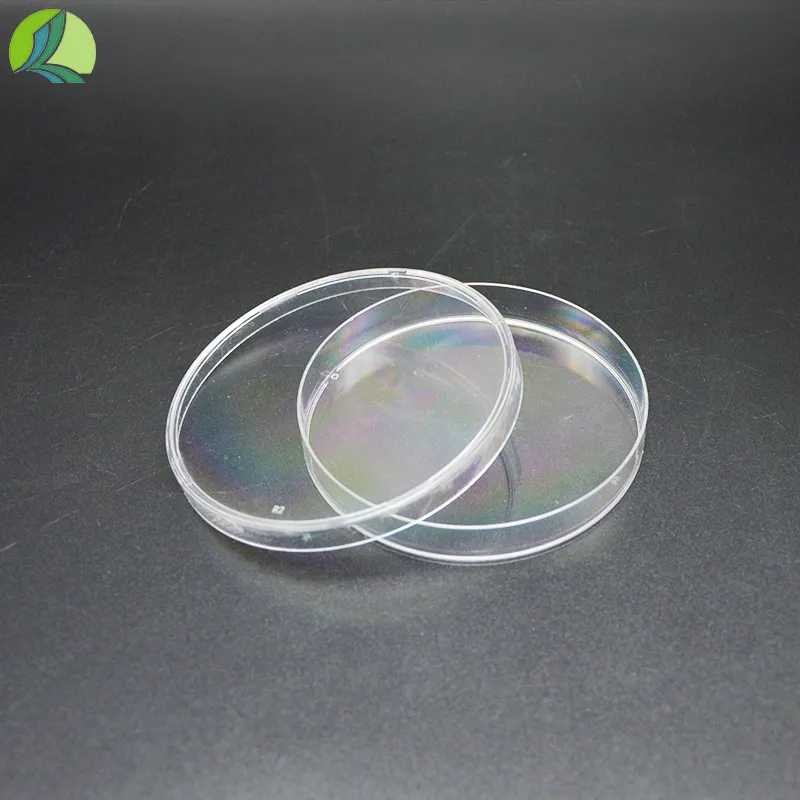consumable and non consumable items in science lab
Understanding Consumable and Non-Consumable Items in Science Labs
In scientific research and education, laboratories play a vital role in conducting experiments, testing hypotheses, and facilitating learning. Within these laboratories, items are categorized into two primary types consumable and non-consumable items. Recognizing the distinctions between these categories is crucial for effective laboratory management and optimal resource utilization.
Consumable items are items that are used during experiments and are designed to be discarded after a single use or a limited number of uses. These items include laboratory supplies such as pipettes, test tubes, petri dishes, reagents, and other materials that are essential for carrying out scientific procedures. For example, reagents are critical in chemical experiments for reactions, while petri dishes are often used for growing cultures in microbiology. The key characteristic of consumable items is their transient nature; once they are used, they cannot be reused or, in many cases, cannot be cleaned and sterilized adequately for further use.
consumable and non consumable items in science lab

On the other hand, non-consumable items are more durable and can be reused multiple times without significant degradation. This category encompasses equipment and tools such as microscopes, centrifuges, Bunsen burners, and balances. Non-consumable items are often more expensive and require maintenance and careful handling to prolong their lifespan. For instance, a microscope can serve for many years if properly maintained, making it a valuable asset in any laboratory setting. The distinction between consumables and non-consumables not only affects budgeting but also impacts the overall efficiency and capabilities of a lab.
Understanding the balance between consumable and non-consumable items is important for both laboratory operations and budgeting. Effective inventory management ensures that consumables are restocked regularly to avoid interruptions in experimental workflows. Lab managers often use inventory tracking systems to monitor the usage and reordering of consumables, while also scheduling routine maintenance for non-consumables to prolong their usability.
In conclusion, both consumable and non-consumable items are integral to the functionality of science labs. Consumables are essential for conducting experiments and must be managed effectively to ensure research activities proceed smoothly. Conversely, non-consumables require careful maintenance and can be significant investments in a lab’s infrastructure. By understanding these categories, lab personnel can optimize resources and create an environment conducive to scientific discovery and learning.
-
Aesthetic Makeup Spray Bottles | Fine Mist Empty RefillableNewsAug.19,2025
-
White Plastic Veterinary Vaccine Vials | Lab Liquid BottlesNewsAug.18,2025
-
Plastic Medicine Liquid Bottle: Secure Flip Top Drug VialsNewsAug.17,2025
-
Durable 250ml Blue Plastic Vaccine Vial for Lab & Vet UseNewsAug.16,2025
-
Sterile Virus Sample Tubes: Secure & Reliable Specimen CollectionNewsAug.15,2025
-
White 250ml Plastic Vaccine Vial for Lab & Vet MedicineNewsAug.14,2025
























